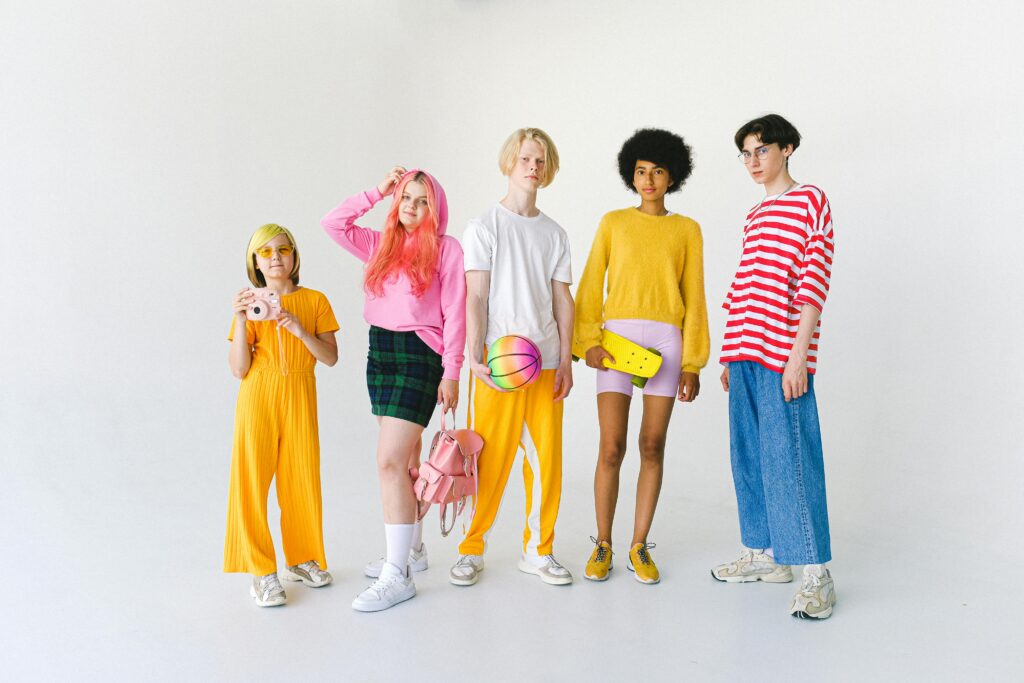
In the last decade, the world of marketing has experienced a major shift. The days of traditional celebrity endorsements and mass advertising are gradually being replaced by a much more personal and relatable form of marketing—influencer subculture. What was once seen as a niche interest for a select few has now become mainstream, thanks to social media platforms like Instagram, YouTube, and TikTok. More and more brands are tapping into this subculture, recognizing that smaller, niche communities can often be more impactful than traditional mass media.
What is Influencer Subculture?
The term “influencer subculture” refers to a group of individuals or communities with highly specialized interests, lifestyles, or identities. These influencers may not have the massive followings of mainstream celebrities, but their influence within their specific subcultures is far-reaching. The key here is that niche is the new mainstream—meaning that instead of focusing on broad audiences, brands are zeroing in on micro-communities where deep, authentic connections are formed.
For example, micro-influencers in the fitness, vegan, or gaming niches often have more engaged audiences than mainstream celebrities because they share a common passion or interest. Brands like Gymshark, for instance, have risen by collaborating with fitness influencers who cater to specific subcultures within the fitness world.
Also Read : Is Vector Marketing Legit? Understanding the Pros and Cons
Why is Niche Marketing Gaining Momentum?
1. Authenticity and Trust
The influencer subculture thrives on trust. Audiences are more likely to trust recommendations from someone they feel is a part of their community. With the rise of niche influencers, followers are less likely to feel like they’re being sold to, as the influencers they follow tend to share real-life experiences and recommendations.
Take Glossier, for example. This skincare brand has built its reputation not through traditional advertising but by partnering with beauty influencers who authentically showcase their products in everyday settings. The brand is able to communicate directly with a specific audience that values authenticity over celebrity endorsements.
2. Hyper-Targeted Audiences
Brands can now reach extremely targeted demographics. With the influencer subculture, it’s not about casting the widest net but rather reaching the most relevant people. Companies like Rothy’s, a sustainable footwear brand, have worked with eco-conscious influencers to amplify their messages to communities who prioritize sustainability in every aspect of life.
3. Community Engagement
Niche communities often have a strong sense of identity and loyalty, making them valuable targets for marketers. These communities are highly engaged, actively discussing trends, sharing opinions, and influencing each other’s buying decisions. Brands tapping into the influencer subculture can spark deeper conversations that lead to better engagement and higher conversions.
continue reading…


